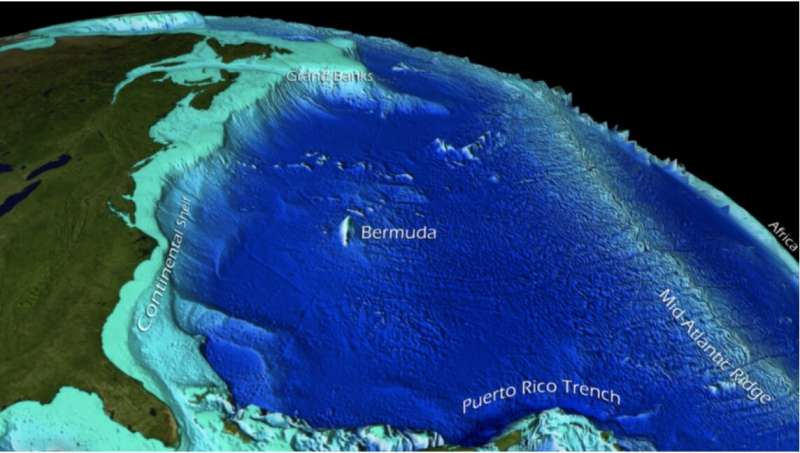The 2013-2016 marine heatwave known as “The Blob” warmed large surface waters in the Northeast Pacific Ocean, disrupting West Coast marine ecosystems, suppressing salmon returns and damaging commercial fisheries. It also sparked a wave of research into the superheating of surface ocean waters. But marine heatwaves also occur under deep water, as a new NOAA study shows.
In an article published in the journal Nature CommunicationA team led by NOAA researchers used a combination of observations and computer models to obtain the first broad estimate of seafloor heatwaves in the fertile continental shelf waters surrounding North America.
“Researchers have been studying marine heat waves at the sea surface for more than a decade,” said lead author Dillon Amaya, a research scientist in NOAA’s Physical Sciences Laboratory. “For the first time, we were able to truly dive deeper and assess how these extreme events unfold in shallow water.”
Marine heat waves significantly affect the health of ocean ecosystems around the world by disrupting the productivity and distribution of organisms as small as plankton and as large as whales. Consequently, a great deal of effort has been devoted to studying, monitoring, and predicting the timing, intensity, duration, and physical causes of these events.
Most of these studies focus on extreme ocean surface temperatures, with many other high-quality observations made by satellites, ships, and buoys. Sea surface temperature can be an indicator of many physical and biochemical ocean features of sensitive marine ecosystems, making analysis easier.
About 90% of the excess heat from global warming has been absorbed by the ocean, which has warmed by about 1.5C over the last century. In the last decade, marine heat waves have become about 50% more frequent.
In recent years, scientists have stepped up their efforts to study marine heatwaves throughout the water column using the limited data available. But previous research had not focused on the extreme temperatures of the ocean floor along the continental shelves, which are critical habitats for important commercial species such as lobster, scallops, crab, flounder, cod and other bottom fish.
Because of the relative scarcity of bottom-water temperature datasets, the scientists used a data product called “reanalysis” to make an assessment that started with existing observations and used computer models to simulate ocean currents and atmospheric forcing to “fill in”. Using a similar technique, NOAA scientists were able to reconstruct global weather up until the early 19th century.
Source: Port Altele
